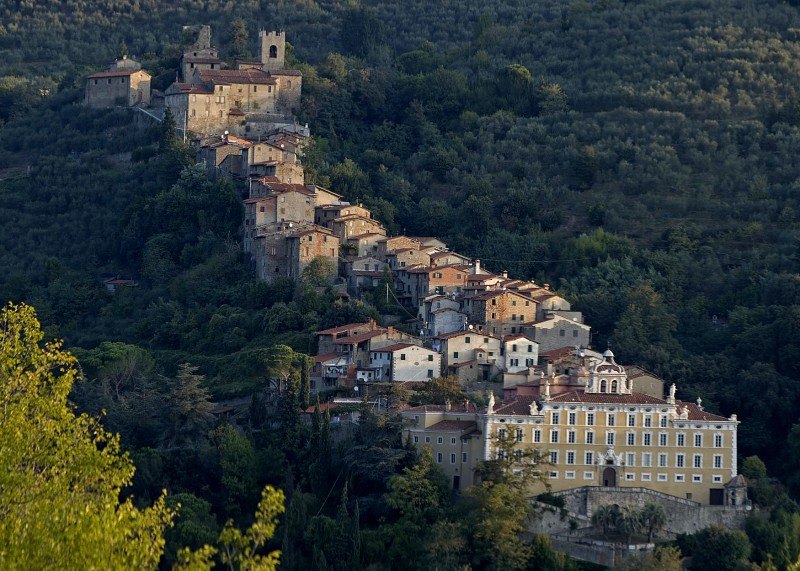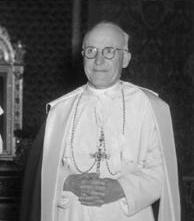Vellano Pescia
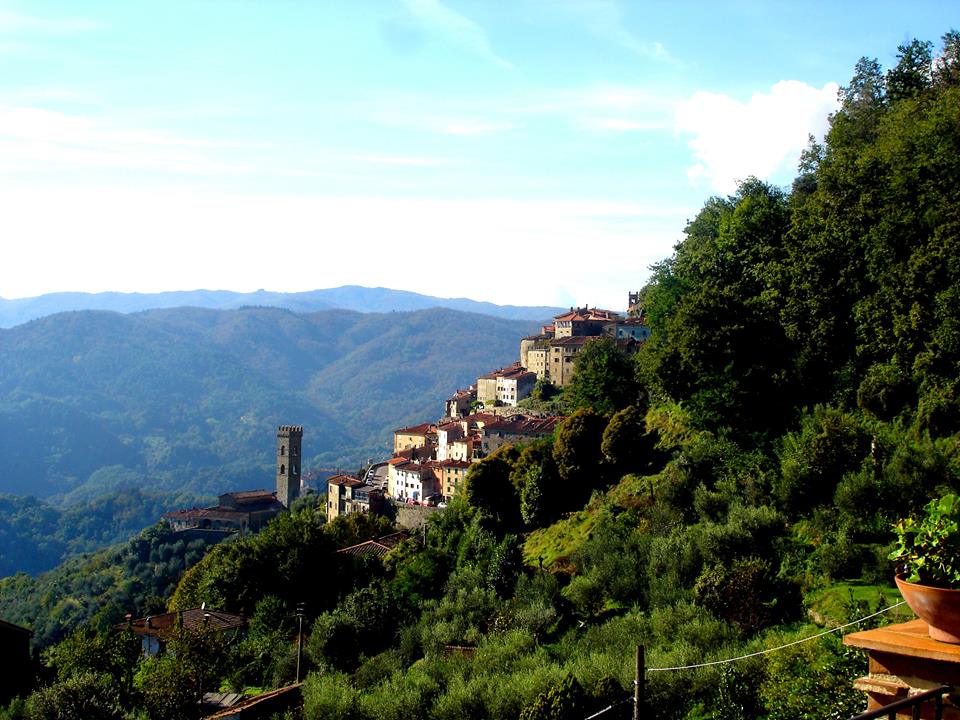
Ferdinando Innocenti the inventor of the Lambretta and scaffolding was born in Vellano, Pescia, in the Valdinievole , to Zelinda Chiti and Dante Innocenti, a blacksmith. With his family he moved from Vellano to Grosseto where a hardware shop was opened by the family, which he then took over at the age of 18; after completing his technical studies. He expanded the turnover by purchasing scrap iron and exchanging them for lubricating oil to resell.
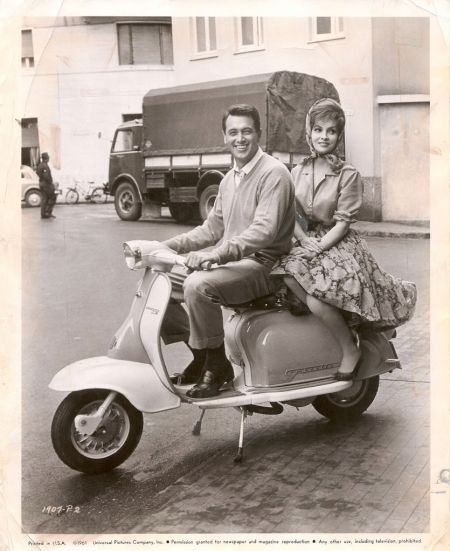
From 1920 Ferdinando began to deepen his engineering knowledge and experiment the use of iron pipes and their applications, then opening a warehouse for the sale of seamless pipes produced by Dalmine in Rome. The workshop in 1930 took the name of Fratelli Innocenti and in 1933 began the production of tubular scaffolding and by adopting a particularly rapid assembly and disassembly system. Until then, steel pipes had only been used to convey liquid or gaseous substances. Ferdinando was the first to use them as a load-bearing structure.
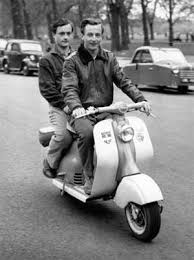
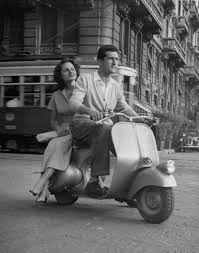
Thanks to some important contacts with the Vatican, he was also able to carry out numerous contracts such as a sprinkler irrigation system for the gardens of the Villa of Castel Gandolfo ( 1931 ) and for the Vatican Gardens ( 1932 ), as well as a thermoelectric power plant and the fire prevention systems of the Sistine Chapel ( 1934 ). In addition, Ferdinando was responsible for expanding the capacity of football stadiums ahead of the 1934 soccer world championship, which were held in Italy.
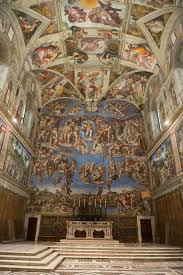
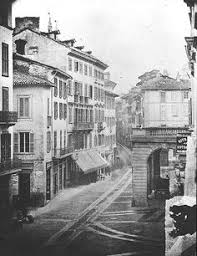
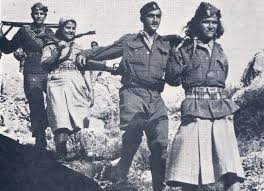
From Rome he moved permanently to Milan to improve his business and here, in the ‘Lambrate’ district, he founded the Innocenti Company, with the construction in 1933 of a plant in Lambrate in Via Pitteri Milan for the manufacture of iron elements for scaffolding. These now famous Innocenti tubes, are still widely used today. During the Second World War, he was forced to change manufacture from a civil to a war production. After 8 September 1943 Ferdinando began to collaborate with the Allies and to finance the Resistance and it is for this reason that once the conflict was over, he manages to regain possession of his factories.
The Post-War Period
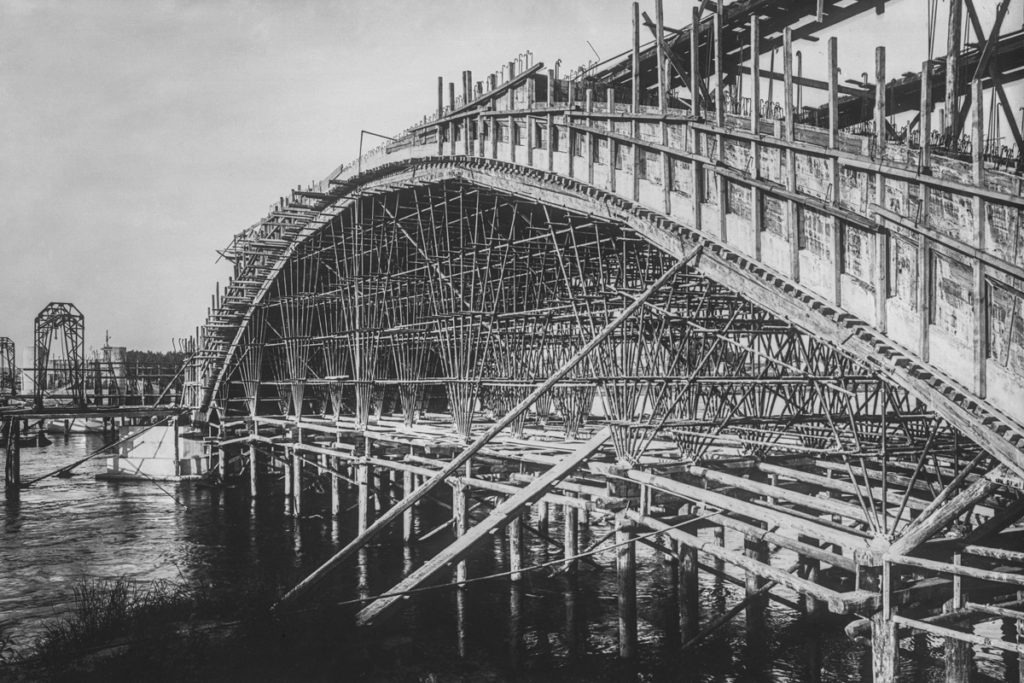
At the end of the Second World War he also became managing director of the Dalmine , a company with which he collaborated with for many years. In 1950 to dedicate himself to his factories in Lambrate which had been damaged by the war. The age of individual motorization had come, but based on a low-cost vehicle, this would allow a large percentage of the population to own one. The car was still too expensive for most people. Thus it was that in 1947 there was the creation of the first Innocenti scooter, the Lambretta , which competed with the Piaggio Vespa , designed and put into production the previous year. After some initial difficulties and an following an unprecedented advertising campaign for the time, in 1952, at Lambrate, 96,000 examples of the “D” model were produced with a metal tube bearing frame, of which 16,000 were exported. The peak was reached in 1953 , when the “E” model was launched, with a production of 70,000 annual units associated with 50,000 units of the “LD” model.
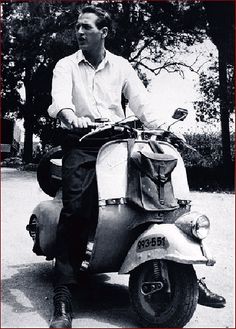
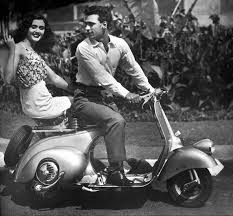
The 1960’s
The 50’s & 60’s economic boom led the Italians to switch from two to four wheels. In 1960 with Lambretta sales stagnant and despite not being very convinced of entering the world of cars or competing with the likes of Fiat. Ferdinando now old and sick was pushed by his son Luigi , who became the company’s vice president in 1958 to build cars for leading car makers of the time under licence. The first car built – the A40 – is none other than the British Austin A40 produced under license by the British Motor Corporation. Shortly thereafter, the Innocenti 950 Spider was born – an Austin-Healey Sprite engine and a Ghia body, designed by Tom Tjaarda, and an IM3 model, reworked with a Pininfarina bodywork, this allowed the inclusion of Innocenti in the 1100 Series as a quality vehicle.

While the assembly of the British Mini under license dates back to 1965 , which was better finished to meet the tastes of the Italian market but despite the success commercial of the Italian version launched in 1966 , all attempts at autonomous design of a car by Innocenti failed.
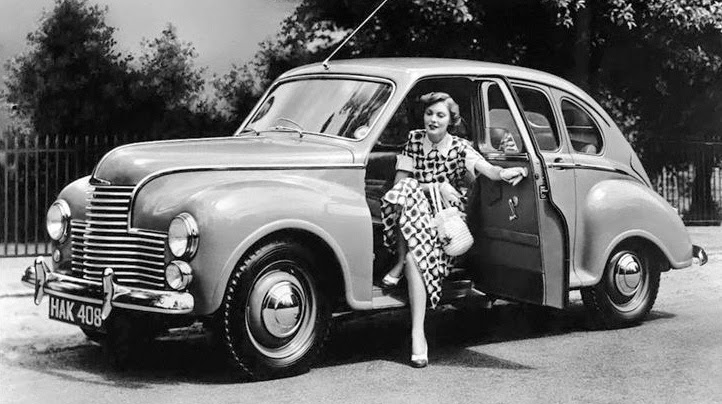
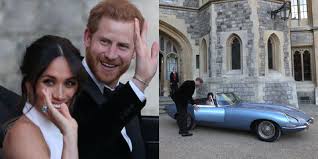
His Death
On June 20, 1966, while he was at rest in his Varese villa , Ferdinando Innocenti was taken ill and was transported to his home in Piazza San Babila in Milan, where he died the following day of a heart attack.
Private life
He didn’t have a car license, he didn’t know how to drive a car and he didn’t even ride a scooter. From his marriage he had a single son, Luigi , who on his death inherited the entire business complex and which he held until 1971,
Today
In the same year, all plants and Lambrate machinery for the production of Lambretta were purchased by Scooters India Ltd. in 1971.
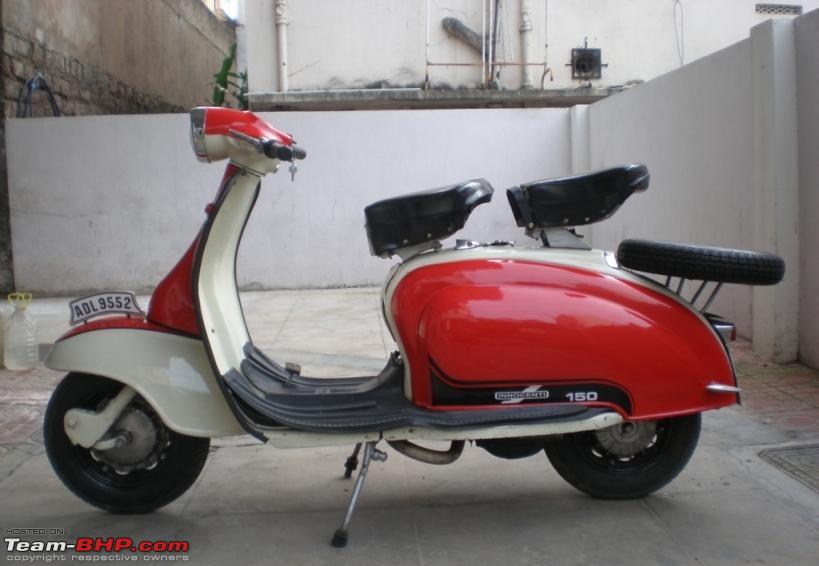
Prizes & Awards
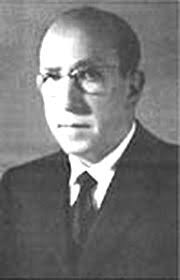
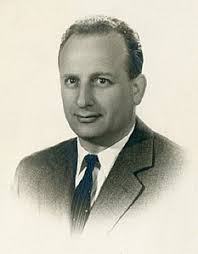
Mayor of Pescia Rolando Anzilotti
- In 1939 Ferdinando was appointed Cavaliere del Lavoro.
- In 1953 he was awarded the “honoris causa” degree in Engineering [by the Milan Polytechnic .
- With Deliberation of the Municipal Council dated December 26, 1953 , No. 179, he was granted the honorary citizenship of Pescia, his hometown, for the high merits acquired in the industrial field. The bestowal ceremony was held at the Palazzo dei Vicari on 8 September 1954 , the tenth anniversary of the liberation of the city of the flower from the fascist Nazi , in the presence of Innocenti himself, the mayor Rolando Anzilotti and the bishop of Pescia Monsignor Dino Luigi Romoli .
- On August 4, 2011 , at the Palagio palace in Pescia , an exhibition was dedicated to him.
- On 1 September 2011 , on the occasion of the 120th anniversary of his birth, a marble plaque was placed on the facade of his birthplace in Via Fiorentina, Pescia.
Thanks paid to:
Wikipedia
——————————————————————————————————————–
